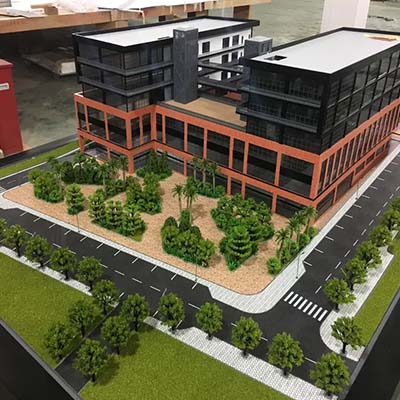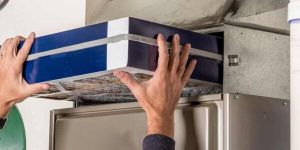
As an architectural model maker in Dubai, you have various responsibilities. You need to be able to transport your model safely, take accurate measurements, and maintain your models. This article will discuss some of these responsibilities and provide you with tips to take good care of your model. There are also several other things you need to protect your model. Read on to discover the key responsibilities of an architectural model maker. Here are a few of them:
Transporting architectural models:
Until the recent resurgence of interest in architecture and design, the responsibility of transporting architectural models has been overlooked. It is not only a matter of safety but also of cultural and social importance. Models were often used in architecture competitions and presentations and are an integral part of the creative process. In many cases, the role of a model is to present a design to a client.
Taking proper measurements:
A primary responsibility of architectural model makers is taking the appropriate measurements for the models. They should be displayed appropriately to accommodate the public and not leave a space in the exhibition hall. Taking the correct measurements for marketing models is equally important. These models should fit in the marketing suite of a building and be easy to move. Taking the proper measurements for architectural models is an important part of the process, as it is essential for the accuracy of the final product.
Keeping models safe:
Keeping architectural model makers safe is a complex task. While the materials used are safe for general use, some substances produce toxic fumes and can cause health risks. However, procedures written specifically for these models are crucial for maintaining their condition. For example, written conservation waivers for loan agreements ensure that models receive minimal treatment during the exhibition. For this reason, it is important to follow a range of recommendations that address the specific needs of model makers.
Maintaining models:
Architects, artisans, and professional model-makers are all interested in maintaining models. They use them for presentations to clients and can even be used to brainstorm ideas for architecture competitions and pitches. Despite their importance, the models themselves are prone to damage and decay, making their maintenance and preservation an important responsibility for architects and model makers. Here are some ways to maintain architectural models and extend their life.

